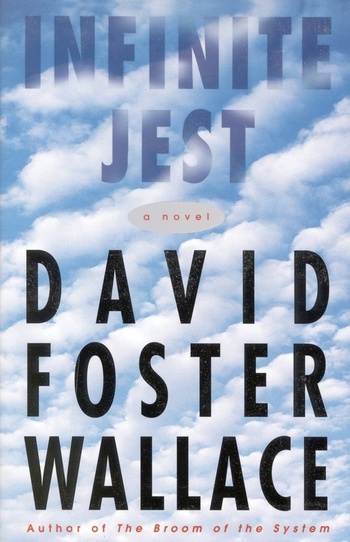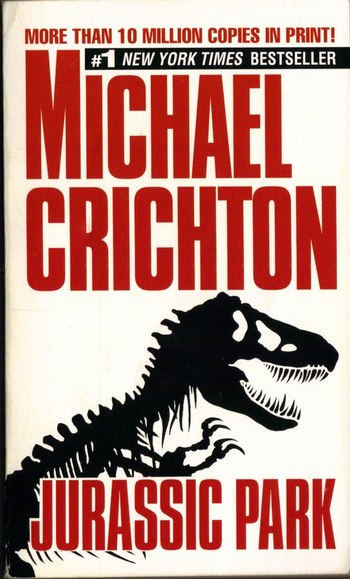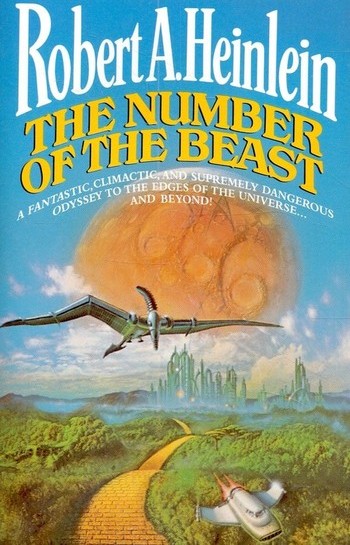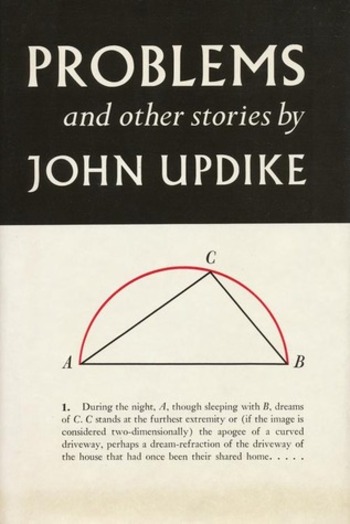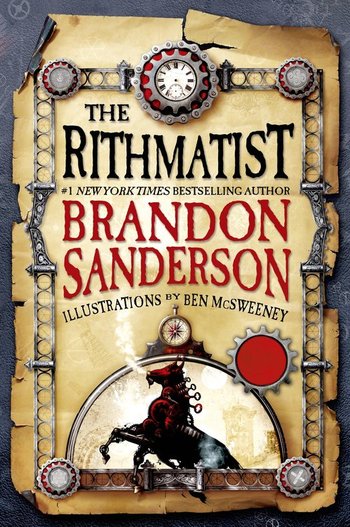8 Entertaining Math-Inspired Reads for Pi Day
Math and literature. If you’re like most of us, one of those words is enough to send your high school mind into a fit. But thanks to the stories below, apparently the two can co-exist in harmony.
In honor of March 14, better known by “math people” as “Pi day,” we’ve compiled a list of eight stories featuring math in some form—from a short, geometry-inspired yarn from John Cheever to the Mean Value Theorem’s guest appearance in David Foster Wallace’s massive novel Infinite Jest. List your own favorites in the comment section below.
![]()
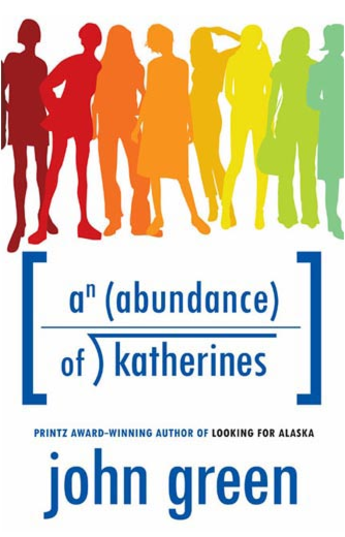
1. An Abundance of Katherines by John Green
As you’ll see through the course of this list, love and math make up an ugly, discordant pair. One relies on intuition and passion. The other? Black-and-white calculations. And so it’s no surprise that by illustrating the cut-and-dried processes, an author can bring out math’s antithesis. Love. Feelings. Emotion, people!
The Fault in our Stars author John Green wrote this math-littered tale of Colin, a man who has dated many Katherines (19, to be exact). In his quest for perfection, Colin looks to prove which side of a romantic relationship will break ties first. We see his processes throughout, but when trying to calculate a feeling, the answer is never a number.
![]()
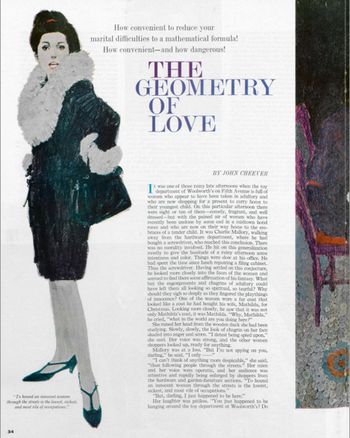
2. “The Geometry of Love” by John Cheever
“If he could make a geometric analysis of his problems, mightn’t he solve them, or at least create an atmosphere of solution?” Cheever’s math-inspired tale was first published in the Saturday Evening Post, and “The Geometry of Love” told the tale of a freelance engineer named Mallory trying to break down matters of the heart with geometric equations. It’s grim and futile as you’d guess, and the messy ending is undeniably Cheever.
![]()

-

-

-

-

-

-

-

-

-

-

-

-

-

-

-

-

-

-

-

-

-

-

-

-

-

-

-

-

-

-

-

-

-

-

-

-

-

-

-

-

